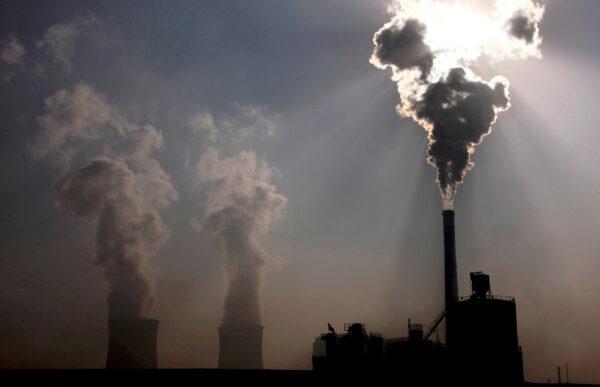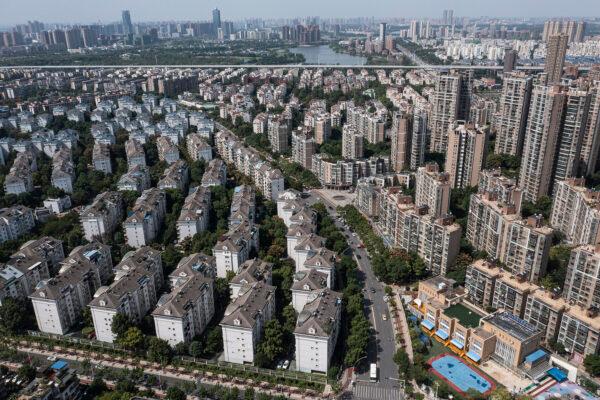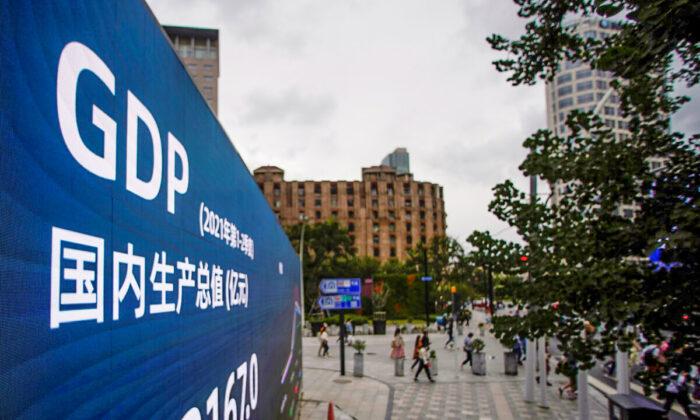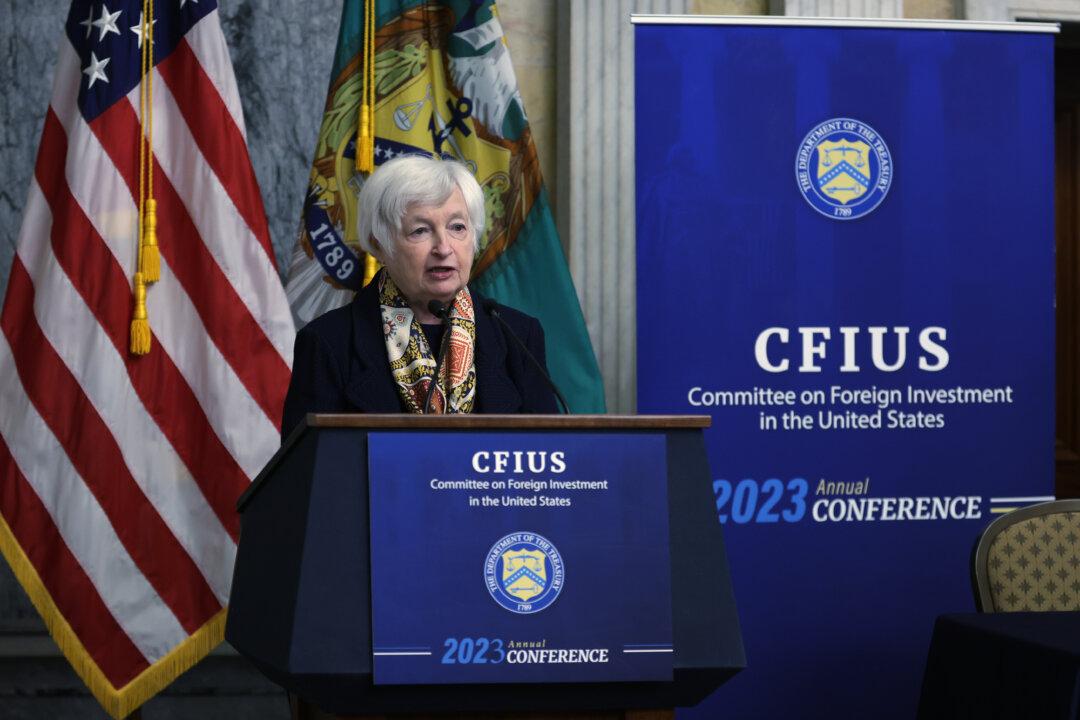China’s economy recorded slower-than-expected growth in the third quarter as the country grapples with a worsening energy crisis and property woes.
The world’s second-largest economy had staged a much-touted rebound from last year’s pandemic slump, but the recovery has lost steam from the blistering 18.3 percent growth clocked in the first quarter.
Many analysts revised down their projections for China’s economic growth this year due to concerns about risks arising from debt-saddled Evergrande, power cuts, supply chain disruptions, and regulatory crackdowns on sectors from tech to property. However, the slowdown in the July-to-September quarter is still sharper than expected.
NBS spokesperson Fu Linghui, during the Oct. 18 conference in Beijing put the weak performance down to factors including sporadic COVID-19 outbreaks and flooding impacts.
The recent flooding, which hit China’s top coal-producing regions, Shanxi and Shaanxi provinces, forced coal mines to halt production and sent the coal price to a record high, deepening the country’s energy crisis.

Power Crunch
China is in the midst of a growing power crunch that has led to electricity rationing in 16 out of the country’s 31 provinces and regions, ranging from the industrial hub of Guangdong in the south to the northeast rust belt Liaoning. The electricity cuts, along with Beijing’s restrictive policies on energy emission aimed at tackling climate change, have dented factory output and disrupted several industries, especially the energy-intensive cement and steel producers.Data on Oct. 18 showed that industrial output rose a mere 3.1 percent in September from a year earlier, slowing from 5.3 percent in August. It also marks the slowest growth since March 2020, early in the pandemic.
Aluminum output declined for the fifth consecutive month, and daily crude steel output hit the lowest level since 2018.

Property Woes
The Oct. 18 data also revealed weakness in the country’s real estate sector, an industry that contributes to nearly one-third of China’s GDP.New construction starts in September slumped for a sixth straight month, NBS data showed, the longest spate of monthly declines since 2015.
The country’s biggest real estate developer, Evergrande, which owns 1,300 projects in more than 280 cities, is facing a possible default as it wrestles with more than $300 billion in debt.
Fears of the firm’s collapse as well as its spillover effects on the broader economy have escalated after the indebted developer missed three rounds of bond coupon payments in the past few months.
Bucking the negative trend, retail sales grew 4.4 percent, faster than forecasts and the 2.5 percent growth in August. However, the figure may take a hit in October as authorities in at least four provinces have imposed a new round of regional lockdowns on Oct. 18 to tackle a COVID-19 outbreak. A tourist group from Shanghai was confirmed infected with the CCP virus after traveling through four provinces in northeastern China.
“Most of the [negative] factors are policy-driven,” said Iris Pang, chief economist for greater China at ING. “The economy is having a lot of pain points, and these pain points are not going away soon, because policies are here to stay, and therefore it will continue into 2022.”
Analysts at Barclays cut their fourth-quarter forecast by 1.2 percentage points to 3.5 percent on the disappointing data. Analysts at ANZ cut their forecast for China’s 2021 GDP growth to 8.0 percent from 8.3 percent.





Friends Read Free